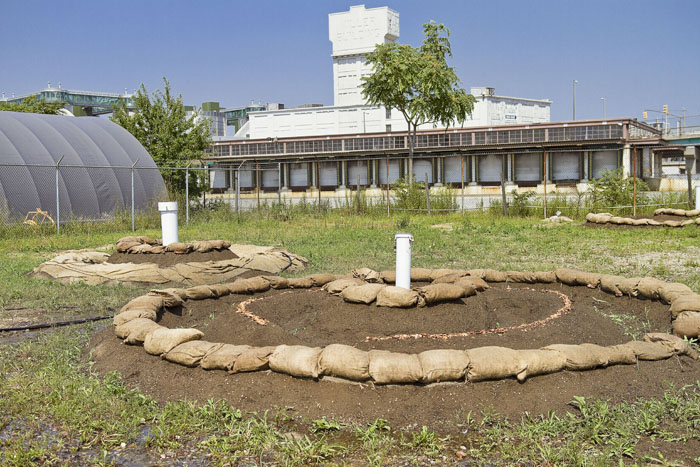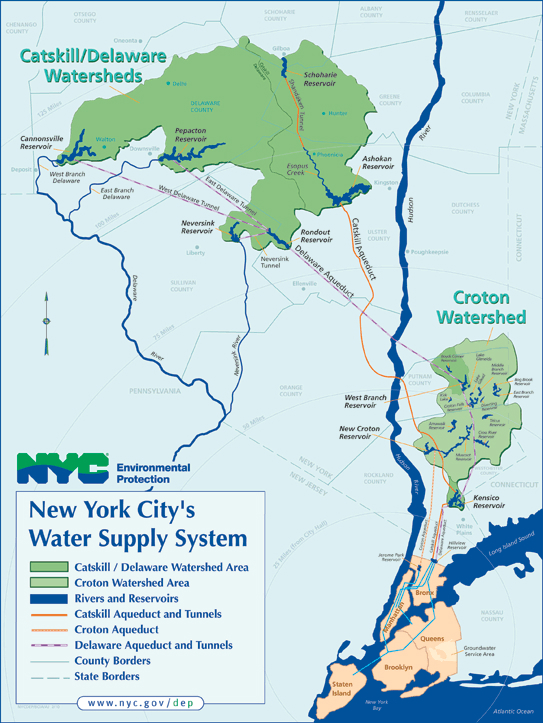Many countries have been becoming more and more proactive with their choices that impact the environment. Recently, Chile banned single-use plastic bags from 102 coastal villages and towns. Plastic bags are a serious issue because they are not being recycled, and most of them end up in landfills. They might seem light and like they do not take up much room, but 3.4 billion plastic bags were used last year in Chile alone! We need to promote a global initiative to recycle and reuse more. Globally only 14 percent of plastic is recycled! Our landfills cannot hold all the plastic we are dumping into them and 8 billion tons of plastic are dumped into the ocean a year! Scientists calculated that by the year 2050 there will be more plastic in the ocean than fish. It is time for America to follow the lead of many other countries, such as Rwanda, Kenya, and Bangladesh, that have already instilled bans and charges on plastic bags, or at least begin to instill bans in coastal towns and begin to put charges in effect throughout the entire nation.
If Chile can do it, so can we! We need to collaborate internationally on ideas to make our environment safer and cleaner! #bcfsh2o #sustainability https://t.co/Ux4KV80ojG
— Aleksandra Ratkiewic (@alexratkiewicz) November 29, 2017
Chile are banning plastic bags in coastal towns and villages to prevent ocean pollution.#WednesdayWisdom #Sustainability #Innovation#Chilepic.twitter.com/VXiA9W2GLB
— NinetyFive (@NinetyFive_UK) November 29, 2017






